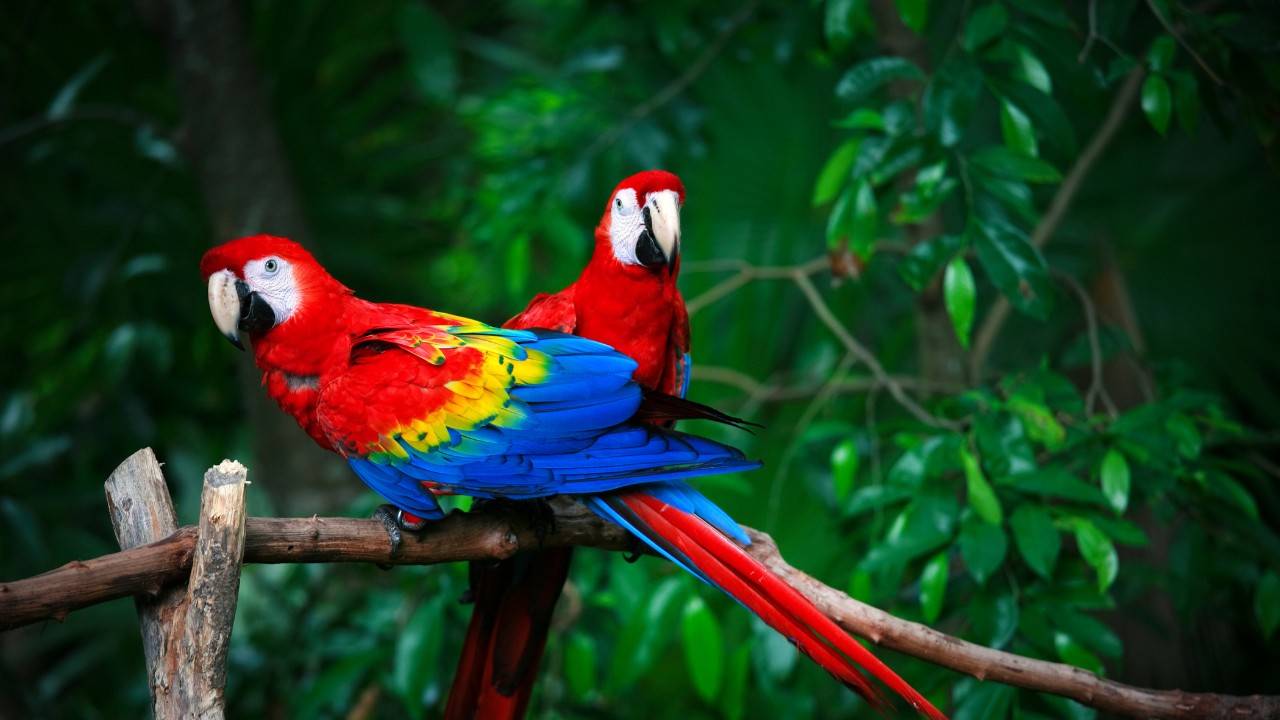Tropical forests, the green, leafy places in hot countries, do two big jobs. They help our planet by taking in carbon and they are homes for many animals. In fact, these forests are where 62% of animals that live on land are found.
Saving these forests is really important. We need to stop two big problems: the world getting warmer and losing many kinds of animals.
Recent international commitments, including the New York and Glasgow Leaders’ Declarations on Forests, spotlight expansive forest restoration projects. While these initiatives seek to rejuvenate carbon storage and forest infrastructure swiftly, they depend on selecting the right species and curbing deforestation causes.
But there’s a problem. We can measure how much carbon is in a forest, but it’s harder to count all the different animals. We need better ways to do this that don’t cost too much money. People have tried to solve this problem using sound recordings and special computer programs.
Enter the innovative realm of acoustic monitoring. This technique, which focuses on the vocalizations of certain species, is gaining traction as a beacon for biodiversity monitoring. Recent studies spanning Papua New Guinea, Borneo, Puerto Rico, and Southeast Asia confirm that soundscapes can indicate shifts in forest health. While they’ve shown efficacy in monitoring forest depletion and degradation, their role in tracking faunal biodiversity recovery in tropical forests is yet to be conclusively determined.
In a groundbreaking twist, Artificial Intelligence (AI) advancements, specifically Convolutional Neural Networks (CNN), present an avenue for pinpointing vocalizing species like birds, bats, and amphibians. A study, stemming from collaborations between the University of Würzburg and Fundación Jocotoco and featured in Nature Communications, showcased these AI models. Their adaptability, paired with reduced manual intervention, designates them as invaluable conservation allies.
With growing acoustic datasets and AI tools like Arbimon and BirdNET, identifying entire vocal communities at the species-level is becoming a tangible reality.
Taking the lead in this innovative exploration was a comprehensive biodiversity assessment conducted in the Ecuadorian Choco lowlands. Sampling soundscapes across 43 plots, researchers gauged biodiversity recovery across varying terrains, from active cacao plantations to untouched old-growth forests. Delving deep, the study juxtaposed acoustic indices and CNN models against expert-identified vocalizing species, assessing their representation across the forest recovery spectrum.
Key findings from this research underscored the dynamic nature of biodiversity recovery. Interestingly, abandoned cacao plantations exhibited quicker initial vertebrate diversity restoration compared to forsaken pastures. But over time, this distinction waned. While overall species richness waned along the recovery gradient, species unique to old-growth forests flourished with time.
This Ecuadorian exploration illuminated that mere time isn’t a reliable biodiversity recovery indicator. Influencing factors, like local variations in forest cover and human-induced impacts such as logging, add layers of complexity.
Conclusively, the insights from Ecuador’s Choco region serve as a testament to the multifaceted nature of biodiversity recovery in tropical forests. As the global community commits to reviving these ecosystems, tools like acoustic monitoring and AI-driven evaluations chart a hopeful course towards a lush, biodiverse future.
More inspiring green news similar to this:

